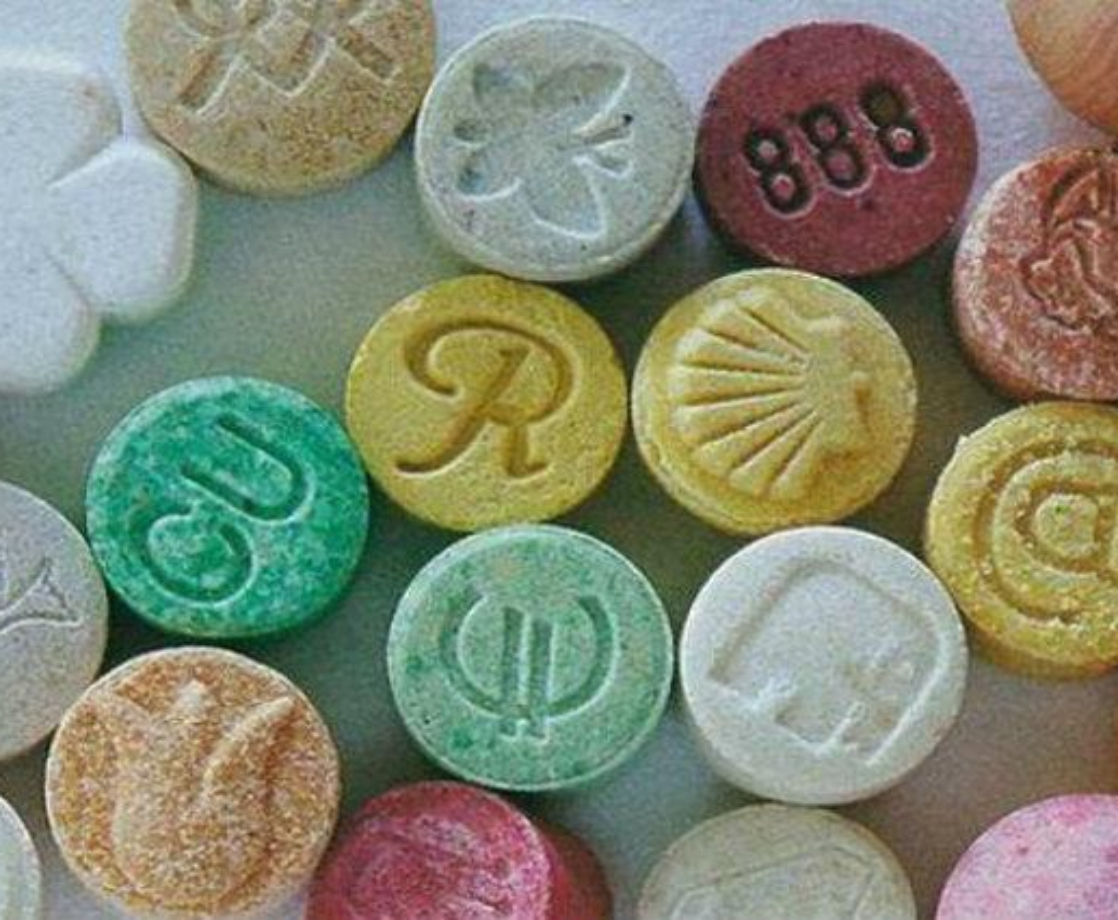MDMA just cleared phase 2 clinical trials, which tests how effective and safe a drug is in humans. That means it’s ready for phase 3, and if the trials are successful, we could see pharmaceutical MDMA readily available in the US in just a couple of years.
Typically, phase 3 trials can last for several years. It takes time to see if a drug has severe adverse effects, after all. But in 2017, the FDA designated MDMA as a “breakthrough therapy,” essentially fast-tracking the drug for federal approval. This designation can shave years off of the average phase 3 timeline.
The trials, funded by the Multidisciplinary Association for Psychedelic Studies, or MAPS, focus entirely on MDMA as a treatment for Post Traumatic Stress Disorder. PTSD, a mental disorder caused by surviving trauma, is difficult to treat with conventional medicine, which relies on a potentially lethal cocktail of tranquilizers and antidepressants — addictive drugs that often bring on more problems than they resolve. However, MDMA can be administered just two or three times with assisted psychotherapy sessions before 61 percent of patients no longer exhibit symptoms severe enough to qualify for PTSD, MAPS’s phase 2 clinical trial showed.
MDMA treatments for PTSD may work for years after a patient last takes the drug, too. Iraq War veteran Jonathan Lubecky said that he could still feel the results of his MDMA-assisted psychotherapy three years after his final session. In August, Lubecky witnessed a bystander get shot at a mall, and he rushed to the victim’s side to provide first aid. The victim died in front of him, and although the experience wrecked Lubecky and forced him to relive some of the traumatic experiences he suffered while serving overseas, he says he dealt with the trauma in a healthy manner and eventually moved on.
How does MDMA accomplish in PTSD patients what decades of otherwise cutting-edge modern medicine couldn’t? Recent research suggests that MDMA rewires our brain, particularly in the amygdala, so that patients aren’t retraumatized by their own memories. The amygdala is the brain region that regulates our fear and anxiety. MDMA creates a “window” where the patient can confront the trauma and reassess their relationship with it, ultimately erasing the disruptive, harmful paranoia that accompanies PTSD.
If you’re curious about MAPS’s phase 3 MDMA study, you can read the procedural outline — which it coordinated with the FDA — here. If the phase 3 trial succeeds, MAPS expects MDMA to receive FDA approval sometime in 2021, Forbes reported.
Currently, MDMA is classified as a Schedule I substance in the US, meaning the federal government considers it a deadly, addictive drug with no accepted medical use. Marijuana is also Schedule I, which is why conducting research on either substance has been incredibly difficult and slow-going.
Follow Randy Robinson on Twitter











